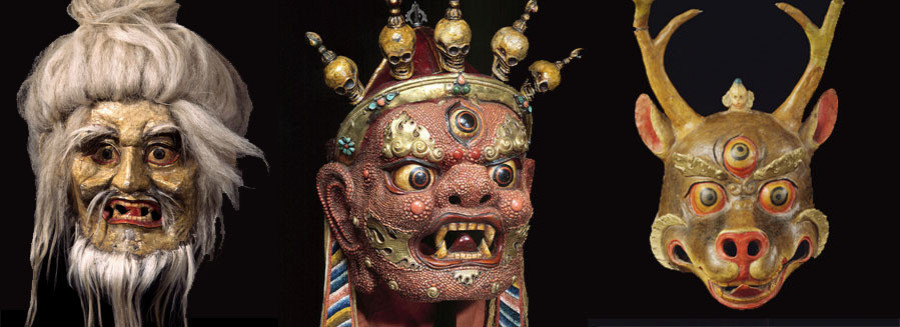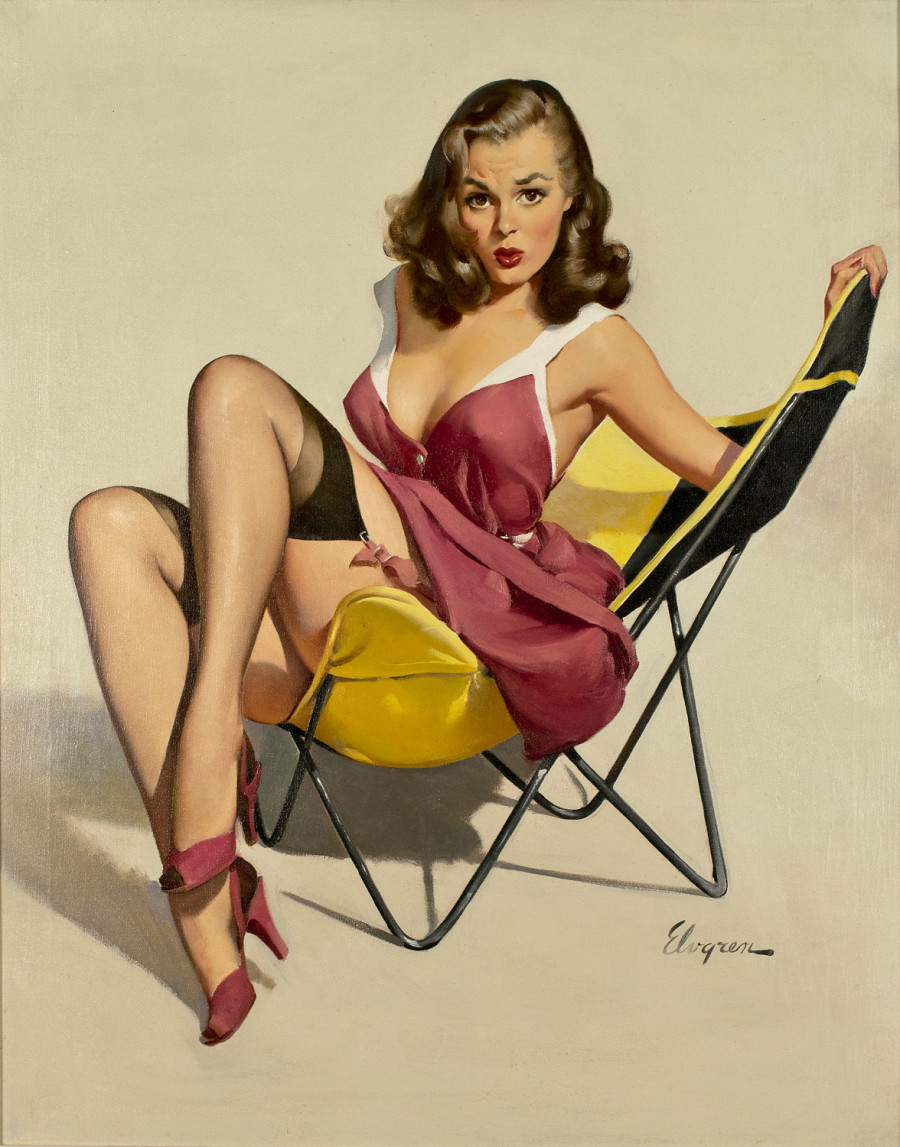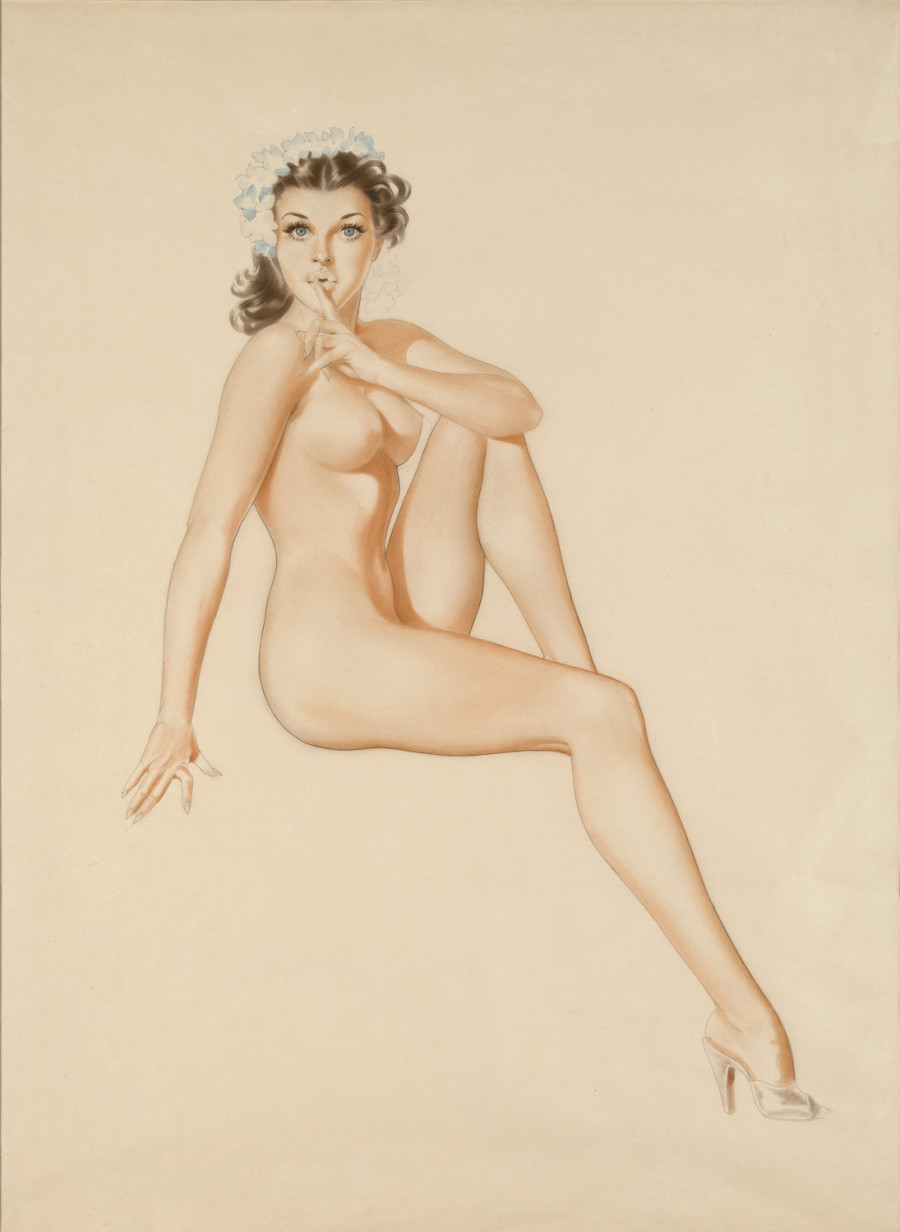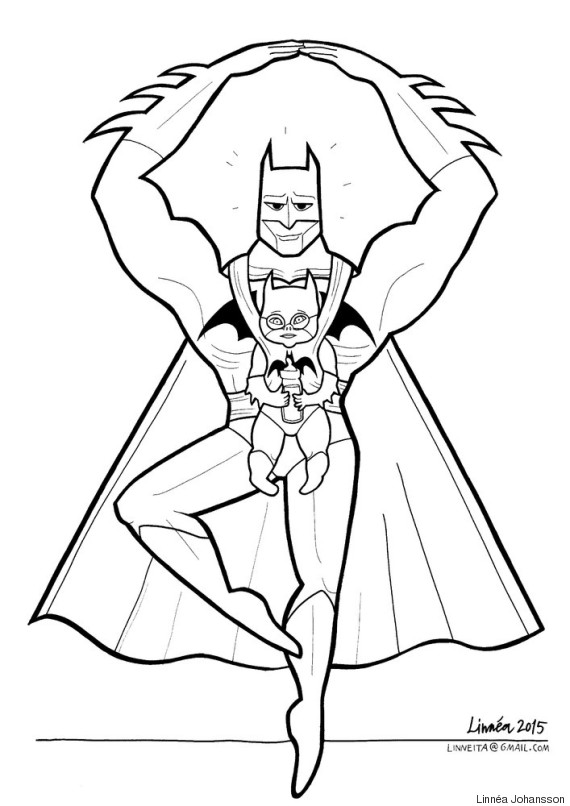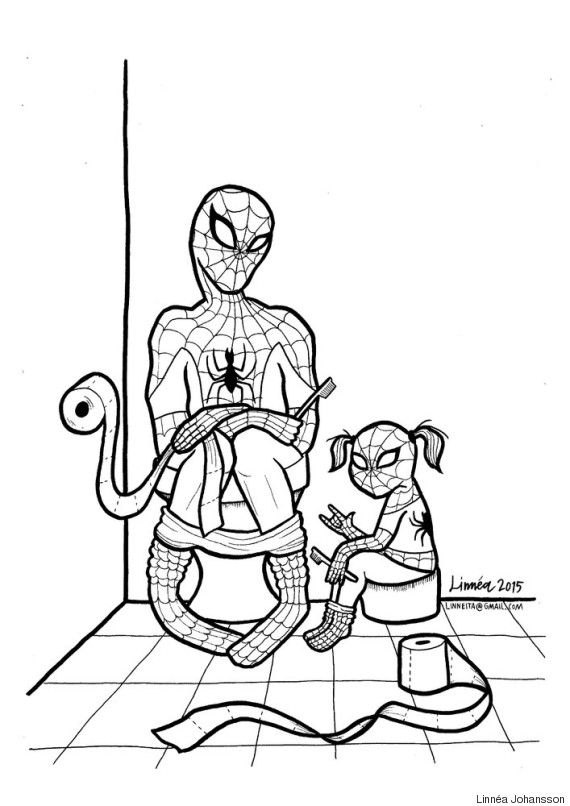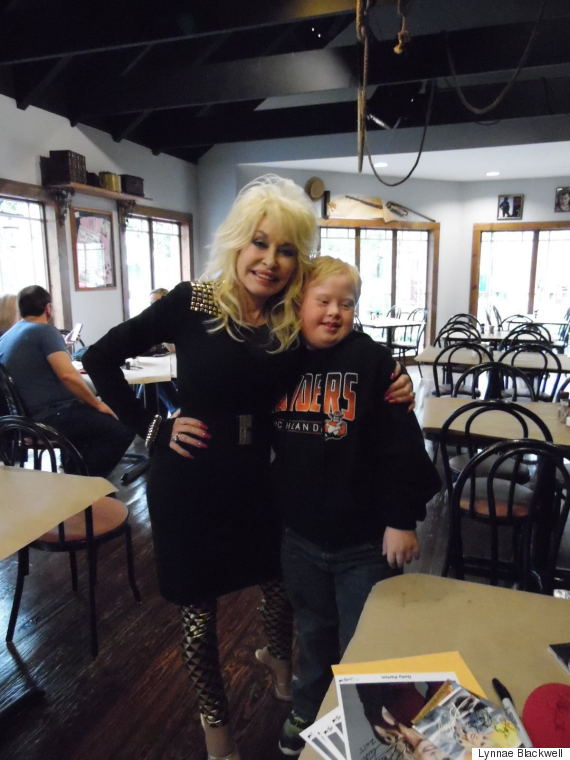An Italian artist is attempting to protest male circumcision one foreskin sculpture at a time.
Vincenzo Aiello is currently mounting a Kickstarter campaign to protest the practice of male circumcision through art.
People who donate $1,000 to the campaign, titled "HUFO: The Missing Link," will get a framed replica foreskin made from silicon resin.
Not willing to shell out a grand for a fake foreskin? A $50 pledge will get you a t-shirt with a foreskin on the front.
Circumcision is a touchy issue for Aiello, who said on the Kickstarter video that he had to have his own penis circumcised about nine years ago "for medical reasons," but didn't elaborate further.
Currently, Aiello and a team of fellow artists and an anthropologist have raised around $12,000 towards their $40,000 goal with 43 days to go.
If successful, Aiello and the others will use the funds gained to raise awareness about what they believe is a barbaric custom.
"Circumcision has become so commonplace in the US that parents often forget that circumcision is a surgery," Aiello wrote on the HUFO Kickstarter page. "Every other surgery in Western medicine requires both compelling and urgent medical reasons to perform without consent."
Male circumcision is practiced in Judaism, Islam and widely practiced by Christians in the U.S. and the Middle East for non-religious reasons.
Anti-circumcision advocates -- or "intactivists" -- like Aiello argue that circumcision reduces the sensitivity of the penis, and that it's not a parent's place to make body modifications that make sex less enjoyable later in life.
The American Academy of Pediatrics hasn't recommended routine removal of infants' foreskins since 1999, but a 2012 report cited literature suggesting circumcision can help guard against problems like urinary-tract infections, sexually transmitted diseases like AIDS, and cancer of the penis.
Besides selling foreskin sculptures, Aiello also wants to be at the forefront of foreskin technology.
He is the president of Foregen, a company that is attempting to use up-and-coming regenerative medical technologies to rebuild foreskins on men circumcised as infants.
![]() Like Us On Facebook |
Like Us On Facebook |
![]() Follow Us On Twitter |
Follow Us On Twitter |
![]() Contact The Author
Contact The Author
Vincenzo Aiello is currently mounting a Kickstarter campaign to protest the practice of male circumcision through art.
People who donate $1,000 to the campaign, titled "HUFO: The Missing Link," will get a framed replica foreskin made from silicon resin.
Not willing to shell out a grand for a fake foreskin? A $50 pledge will get you a t-shirt with a foreskin on the front.
Circumcision is a touchy issue for Aiello, who said on the Kickstarter video that he had to have his own penis circumcised about nine years ago "for medical reasons," but didn't elaborate further.
Currently, Aiello and a team of fellow artists and an anthropologist have raised around $12,000 towards their $40,000 goal with 43 days to go.
If successful, Aiello and the others will use the funds gained to raise awareness about what they believe is a barbaric custom.
"Circumcision has become so commonplace in the US that parents often forget that circumcision is a surgery," Aiello wrote on the HUFO Kickstarter page. "Every other surgery in Western medicine requires both compelling and urgent medical reasons to perform without consent."
Male circumcision is practiced in Judaism, Islam and widely practiced by Christians in the U.S. and the Middle East for non-religious reasons.
Anti-circumcision advocates -- or "intactivists" -- like Aiello argue that circumcision reduces the sensitivity of the penis, and that it's not a parent's place to make body modifications that make sex less enjoyable later in life.
The American Academy of Pediatrics hasn't recommended routine removal of infants' foreskins since 1999, but a 2012 report cited literature suggesting circumcision can help guard against problems like urinary-tract infections, sexually transmitted diseases like AIDS, and cancer of the penis.
Besides selling foreskin sculptures, Aiello also wants to be at the forefront of foreskin technology.
He is the president of Foregen, a company that is attempting to use up-and-coming regenerative medical technologies to rebuild foreskins on men circumcised as infants.
 Like Us On Facebook |
Like Us On Facebook |  Follow Us On Twitter |
Follow Us On Twitter | 















